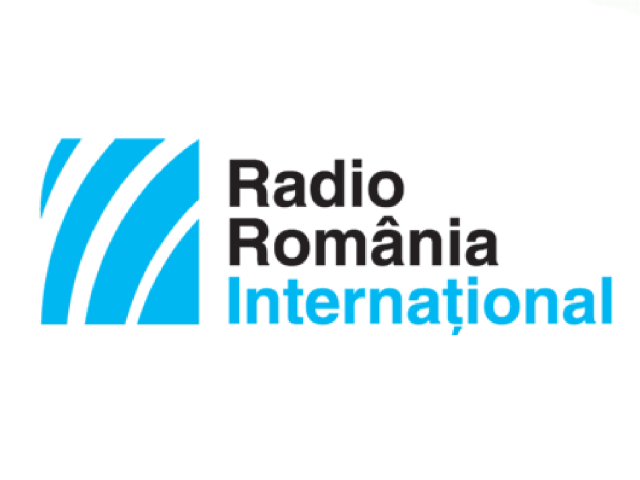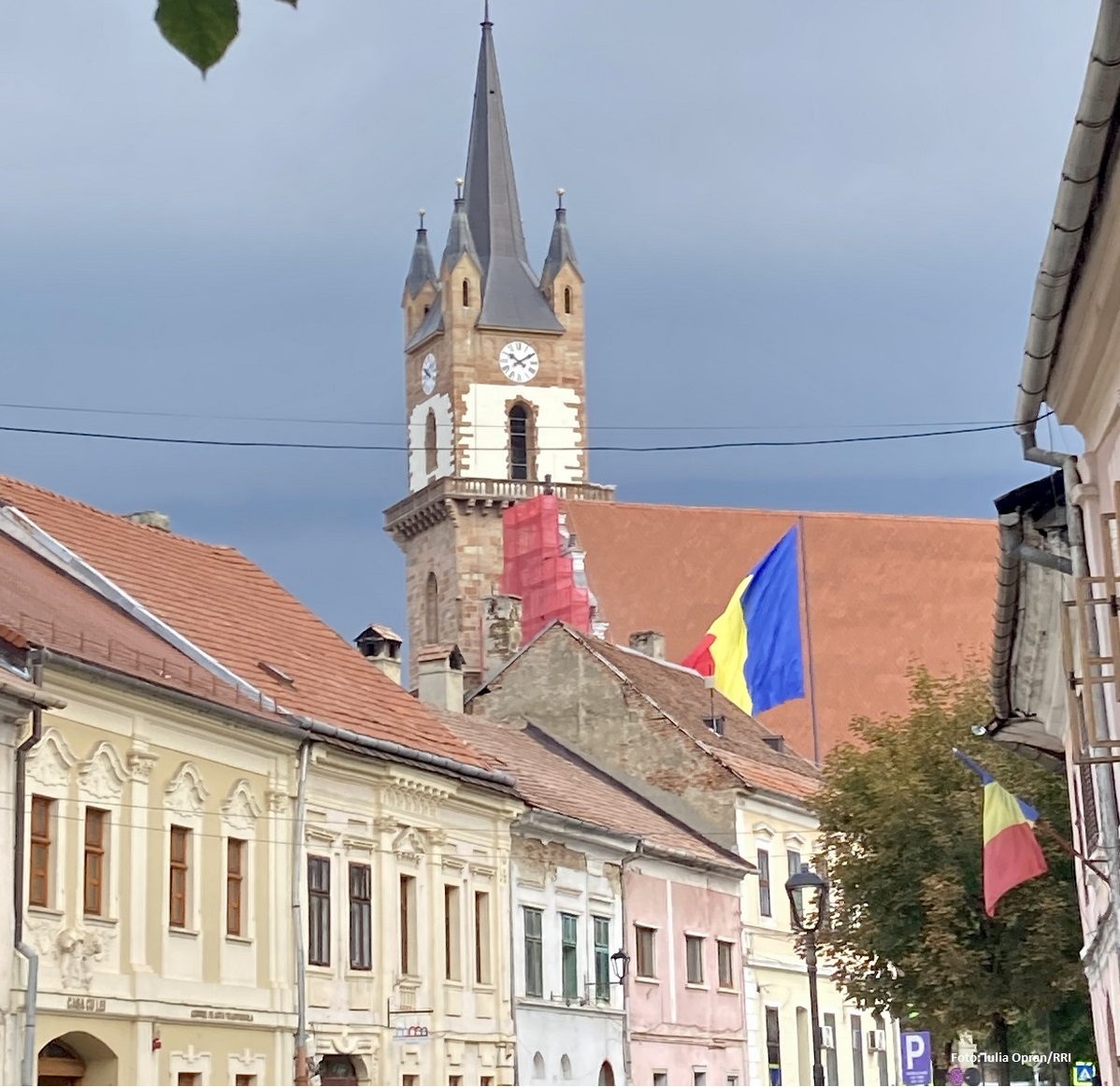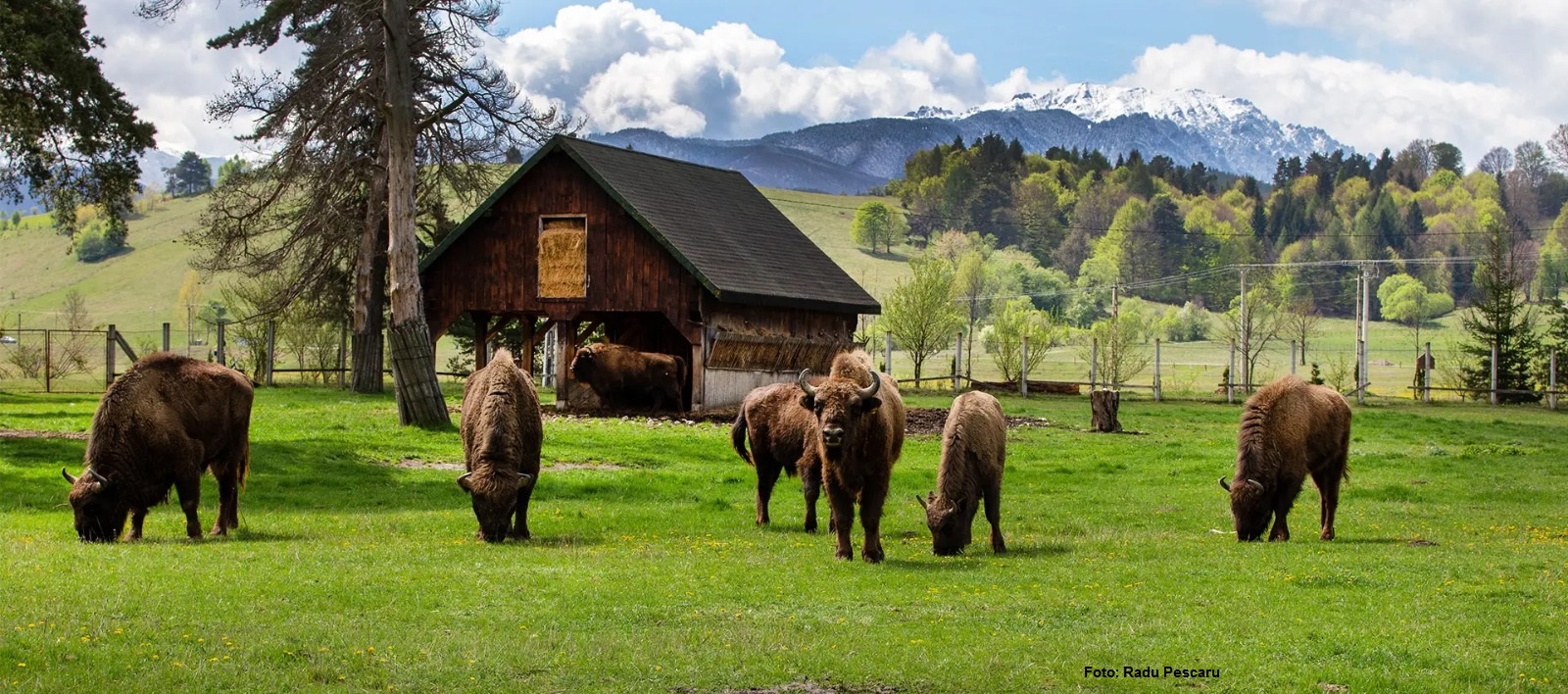The Brukenthal and the Astra Museums in Sibiu
A virtual tour of two of Romania's most important museums

Daniel Onea, 26.03.2020, 13:00
Today we’re heading towards central
Transylvania and we’re having a stopover in Sibiu, because it is here that two
of Romania’s most interesting museums can be found. They are the ASTRA Museum
of Transylvanian Civilisation and the Brukenthal Museum. Both locations are
closed as part of the plan that has been officially implemented to contain the
spread of the COVID-19 virus. However, you can still have a virtual tour of the
museum. The two museums have a rich history and a rich collection, and that’s
what you fill find out about, today, as a teaser for you to include them in
your holiday agenda, as soon as they’ re open once again.
Dr. Alexandru Sonoc is head of Section with
the Brukenthal Art Museum. Dr Sonoc is our guide today. Here he is, with
details about baron Samuel von Brukenthal, who was so very influential for the
city of Sibiu, way back in late 18th century.
He was spotted by the queen
of Hungary, Maria Theresa, for his professional qualities as a solicitor and a
diplomat, so he was offered various positions in the central administration in
Vienna. In 1777, he became Governor of Transylvania and he took that opportunity
to have the collections shipped to Sibiu. In 1784, they could already be
admired by some keen connoisseurs as well as by foreigners. Samuel von
Brukenthal put those collections together with the alleged purpose of opening a
Protestant university, which was not possible, given the counter-Reformation
policy implemented by the state run by the Hapsburg dynasty. Nevertheless, he succeeded to endow the Evangelical
Gymnasium in Sibiu with his collections, while the museum was opened in 1817,
as some sort of school museum.
It is one of the world’s first public
museums, second only to the Louvre and the British Museum.
Dr. Alexandru
Sonoc:
For quite a long time, the
museum was a museum of the Saxons. In 1948, it was nationalized. In 1950, a
merger of the museum occurred, with the Astra Museum. Then it expanded, since
more sections were added, such as those for the apothecary’s shop and for
hunting. At present, one half of the museum’s managing board is made of state
officials, while the other half is made of representatives of the Evangelical
community in Sibiu. It is a one-of-a-kind experiment in Romania. The
collections that were property of the Evangelical church are to be retroceded,
yet they will be left there under a bailment agreement and will be administered
by the museum and will be made available to the lay public, as stipulated in
the Baron’s will, who made them available to everyone. In the context of the
Enlightenment period, the Baron realized his collections could contribute to
the advancement of science, culture and arts in Transylvania, and he intended
those collections to be made available to visitors on certain days of the week.
To that end, he also established a foundation whereby he compelled the church
and his heirs to make them available to the public at large.
The palace in Sibiu was built in the baroque
style, between 1778 and 1288. It was Baron Samuel von Brukenthal’s official
residence. He was the only representative of the Transylvanian Saxon community
who was assigned notable public positions with the Austrian state. The period
of time Samuel von Brukhental spent in Vienna coincides with the period of time
his painting collection came into being, while mention of the collection was
made, in 1773, in Almanach de Vienne, as one of the most valuable private
collections that could be admired in Vienna’s cultural milieu of that time.
Dr. Alexandru Sonoc:
At present, the Brukenthal
Museum is going through a process of modernization and reorganization. In the
Brukenthal Palace, the reorganization permanent exhibitions has seen an
advanced stage, we have had such exhibitions for quite a few years now, since
2015. The preparation of an atmosphere exhibition is also underway. Over 2006
and 2008, other art items were removed from the palace, they were modern art
items that at present have been placed in various sections housed by a detached
building. As for the Romanian art exhibits, they have been placed in the Blue
House, Brukenthal Palace’s neighboring village. On the first floor, there are a
couple of theme halls where 18th century living areas have been
recomposed. We also have such theme halls on the second floors. The
masterpieces sector has also been reorganized. Apart from that, on the ground
floor, we have all sorts of small exhibitions, they are permanent, such as the
Lapidarium or the Collection of the Plaster cast statues.
The Brukenthal National Museum has always had
international collaborations, in Europe but also elsewhere around the world.
Also it has been extended invitations for the participation in various
international exhibitions. It also organized exhibitions with its own items,
abroad, but also in various museums across Romania. And, although these days
the doors of the museum are closed, you can have a virtual tour, made available
to you through the Google Arts and Culture project.
Two museums, one virtual tour…Here is another
visit you can pay, comfortably seated at home, this time to the ASTRA Museum of
Transylvanian Civilization. First off, the ASTRA Museum is a space of
experiences. Here is the Museum’s Cultural marketing
manager Mirela Iancu.
What we have on offer is not
an ordinary visit everybody can have , in a medley of Romanian rural regions,
we make all sorts of opportunities available so that visitors can integrate
themselves into a world we thought was long gone. The outdoor museum in
Dumbrava Sibiului has a surface area of 132 hectares and has more than 400
exhibits. We’re speaking about mills and other technical installations, but by
entire households that preserve a way of life and work we are still fortunate
to have in some villages across Romania .
Mirela Iancu
The outdoor museum was
founded in the 1960s, as the outcome of a research that had begun more than ten
years before. It was set up by the renowned ethnographer and musicologist
Cornel Irimie, Dimitrie Gusti’s best-known disciples. Initially, it was a
museum of folk craft, in a bid to capitalize on the resourcefulness of the
rural area and to rescue Romania’s pre-industrial heritage. In the 1950s, more
than 5,000 technical installations were recorded, which still existed on
Romanian territory. Of them, a national commission made of ethnographers
selected, one by one, mills, saw mills, troughs, all sorts of technical
resourcefulness items were transferred to the museum beginning 1961.
The site of the Astra Museum also has several
comprehensive digital publications, with lots of relevant images, highlighting
the beauty of the glass and oil-painted icons. Also, the photo galleries, also
very comprehensive, depict the effervescent activity as part of the Museum of
the Transylvanian Civilization, during its opening hours.






























